CHRONIC NECK & BACK PAIN TREATMENT
WHAT IS CHRONIC NECK
& BACK PAIN
Chronic neck and back pain refers to soreness, stiffness, or
discomfort that lasts for three months or longer—even after the
original injury has healed. Medical experts commonly use this
time frame to distinguish chronic pain from short-lived episodes.
This ongoing pain can affect the neck (cervical region) or back
(thoracic or lumbar sections) and may be felt across a wide area,
in a more focused spot, or as radiating sensations. Symptoms may
be sharp, aching, or tingling, and can occur either intermittently
or constantly.

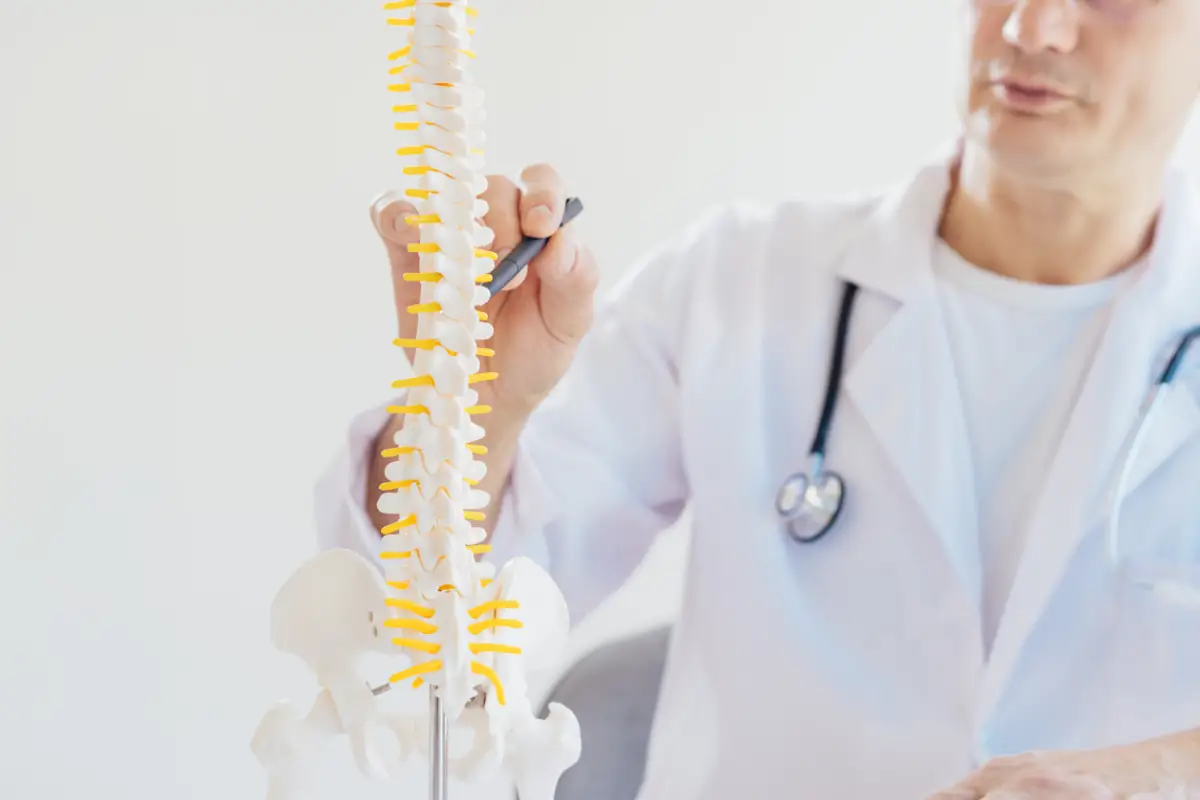
COMMON CAUSES &
HOW IT DEVELOPS
Most chronic back pain stems from mechanical issues within the spine, such as degenerative disc changes, arthritic joint wear, disc herniations, spinal stenosis, or vertebral instability. Over time, poor posture, muscle deconditioning, repetitive strain, or stress can magnify the discomfort. Daily habits like spending long hours seated and hunched over your desk (tech neck) also place strain on the neck and back, which can lead to persistent pain patterns.
WHY WON’T MY NECK OR
BACK PAIN GO AWAY?
If your neck or back pain has lingered for weeks or months, it’s likely more than just sore muscles it may be related to disc problems, nerve compression, or natural wear and tear in the spine. These underlying structural issues don’t simply heal on their own, which is why the pain often persists even after rest, massage, or medication. The important thing to know is that you are not alone, and it is not your fault. Chronic pain is a common condition, but it’s not something you have to “just live with.” With the right treatment focused on the root cause, relief is possible.
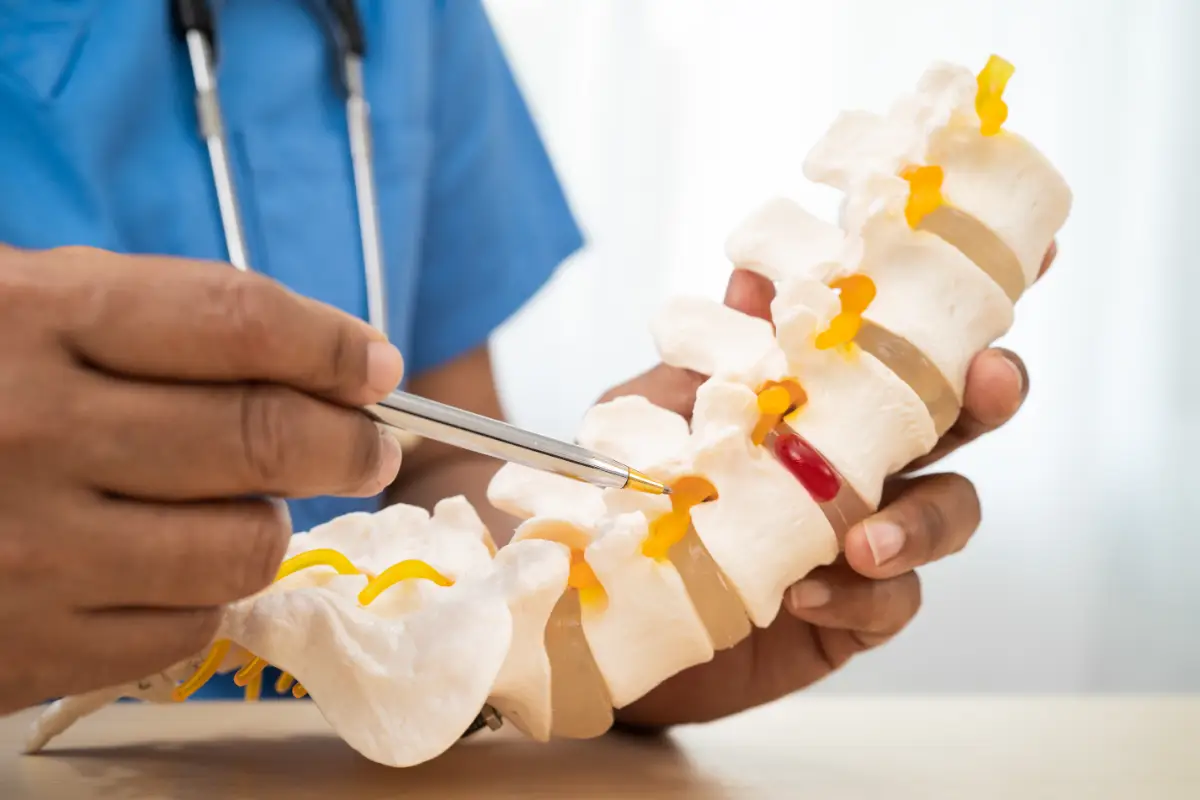
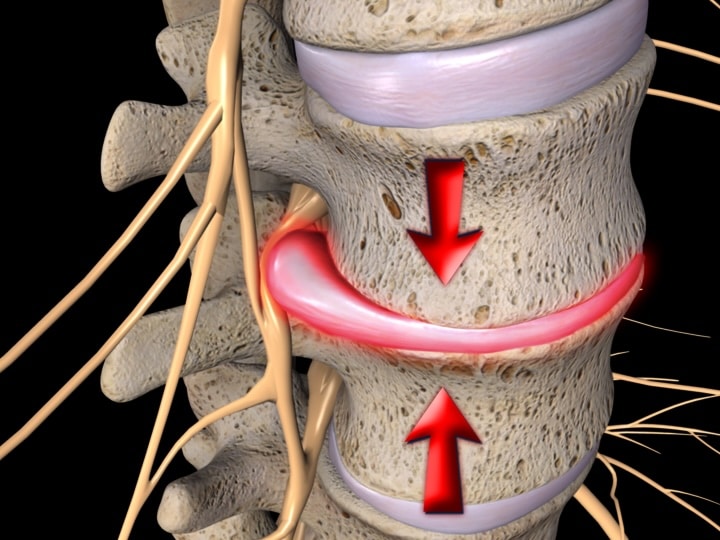
WHAT HAPPENS IF I
DON’T TREAT IT?
Ignoring ongoing neck or back pain doesn’t just make daily life uncomfortable—it can also allow underlying problems to progress. A disc herniation, for example, may worsen over time and put increasing pressure on nearby nerves. In some cases, a disc rupture may become a medical emergency. The good news is that the sooner you begin treatment, the better your chances of relieving pain, protecting your spine, and getting back to the activities you enjoy.
IF YOU ARE SUFFERING FROM CHRONIC NECK &
BACK PAIN TRY SPINAL DECOMPRESSION
Spinal Decompression is a painless, safe, non-invasive and effective
treatment for chronic back and neck pain.
SPINAL DECOMPRESSION THERAPY IN SEATTLE
Painless, safe, non-invasive and effective
treatment for chronic back and neck pain.
WHAT IS SPINAL
DECOMPRESSION
THERAPY?
Spinal decompression therapy is designed to relieve
pressure on the spinal nerves and spinal cord by gently
stretching and decompressing the spine.
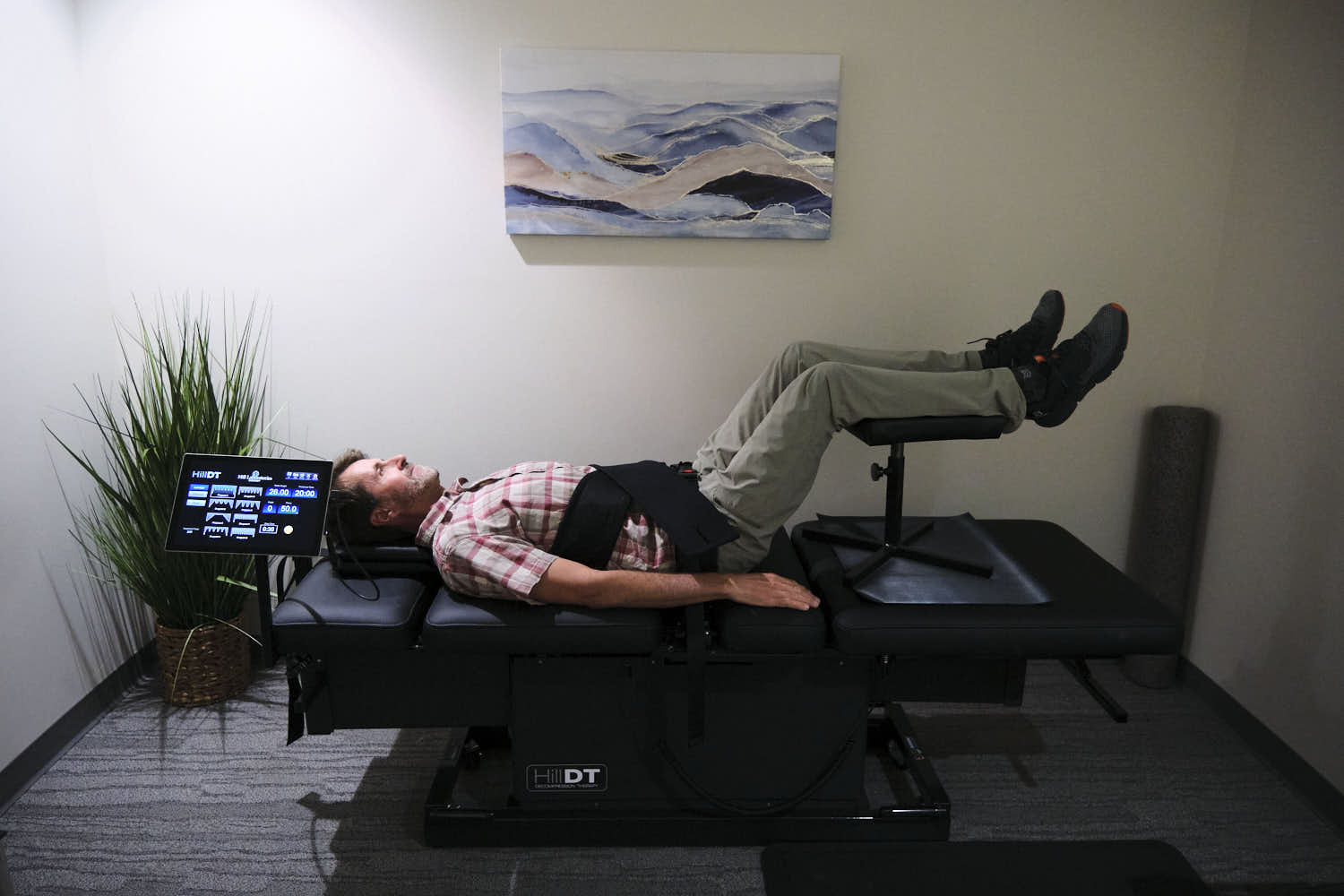
WHO IS SPINAL
DECOMPRESSION TREATMENT FOR?
It is ideal for individuals experiencing chronic back or neck pain, especially those who have not found relief through conventional treatments or have undergone unsuccessful back or neck surgery.
Common Conditions Treated:
- Neck or Back Pain without a
clear Causation or Positive
Findings noted on Imaging - Disc Bulge/Herniation
- Degenerative Disc Disease
- Degenerative Joint Disease
- Facet Arthropathy
- Radiculopathy/Radiculitis
- Sciatica
- Post-Laminectomy Syndrome
Opioid Addiction due to Pain Management
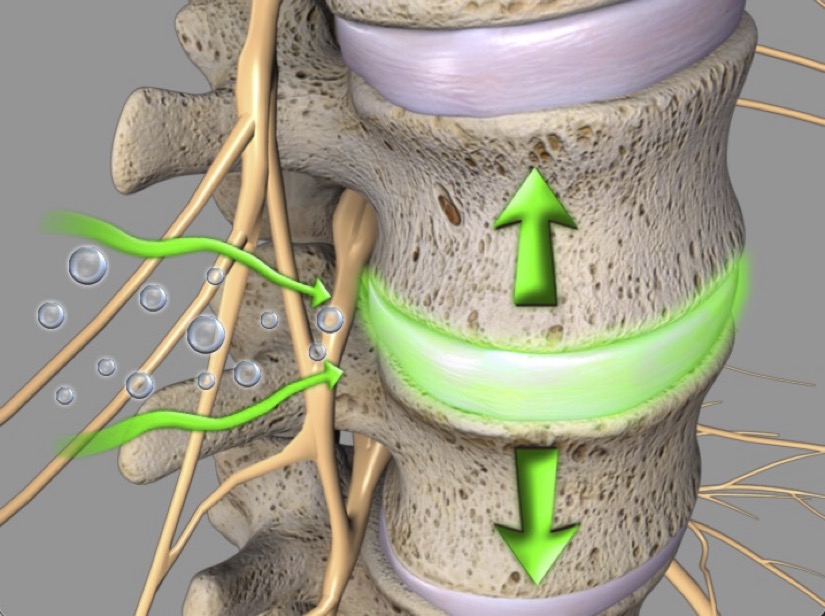
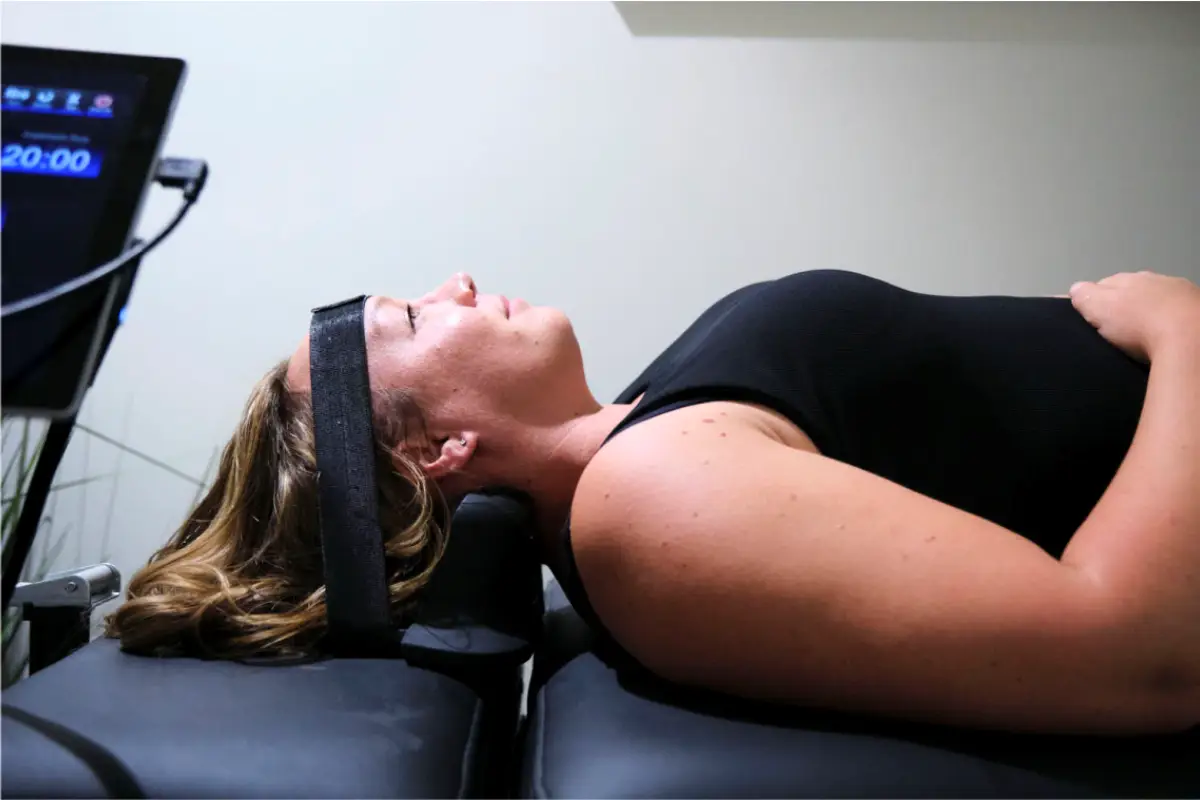
AVOID COSTLY SURGERY
& GET PAIN RELIEF
Spinal Decompression Therapy provided by Tangelo has the
following benefits:
- Decompresses herniations and relieve nerve pressure.
- Restores disc height to reduce pain and improve mobility.
- Over 85% effective for herniated and degenerated discs.
Winners of Seattle Met Top Doctor 2020 -2024
MEET TANGELO’S EXPERIENCED TEAM

Dr. Mike Smith

Dr. Hilary Darling
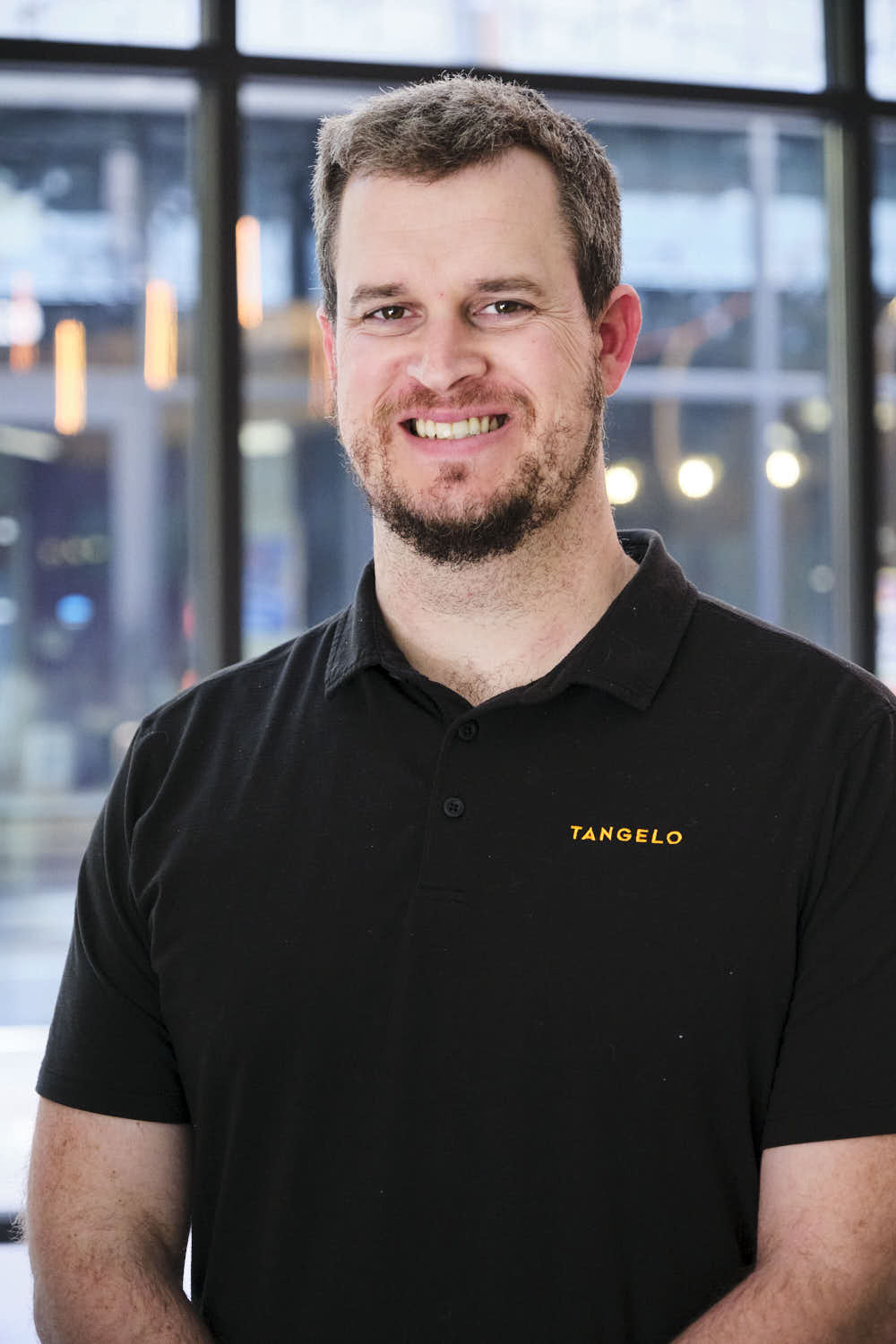
Dr. Bart Hand

Dr. Maya Shamsuddin

Dr. Mike Bourbonnais
YOUR FREE MRI REVIEW INCLUDES

Go Over Your MRI Together
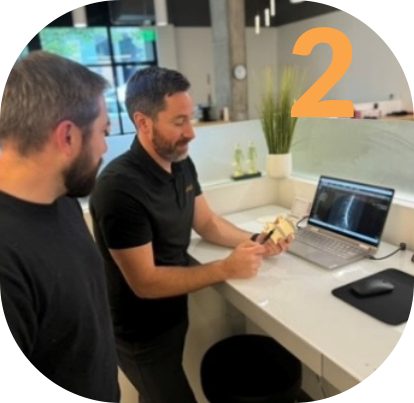
Talk One-on-One with the Doctor

Learn if You’re a Candidate for Treatment
Book Your Free MRI Review
Begin your road to recovery!
Select Your Preferred Location
Spinal Decompression is painless, safe, non-invasive and effective.
HEAR IT FROM OUR PATIENTS FIRST HAND
Dr. Hilary and Von are both great to work with and really help to resolve any pains or niggles that crop up, before they turn into something more serious. The nice part is you don’t have to wait for an injury to see them. I find the work we do together there is just as beneficial even when everything is feeling strong and healthy, which allows me to go out and train hard with confidence.
HIGHEST STANDARDS
OF TECHNOLOGY
IN SEATTLE
At Tangelo, we don’t cut corners with technology,
supplies, or amenities. We believe in a highly
concentrated, reliable, comprehensive approach to your
health. Give us a try!
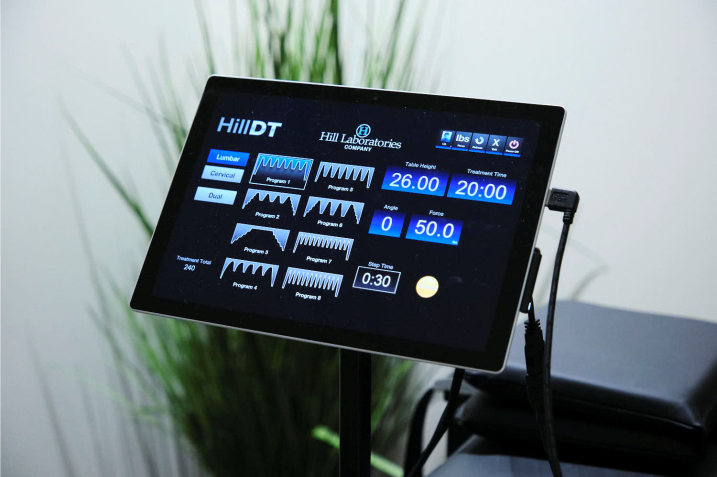

THE SCIENCE OF SPINAL
DECOMPRESSION THERAPY
Spinal decompression therapy involves the use of precise motorized traction, delivered by a specialized table, to gently stretch the spine and relieve pressure on spinal structures. The therapy works by creating negative pressure within the discs, which helps to promote the flow of oxygen and nutrients into the affected areas. As a result, bulging or herniated discs may retract, easing pressure on spinal nerves.
The movement of oxygen and nutrients into the discs fosters their healing, offering a straightforward yet effective approach to spinal care. Patients undergoing spinal decompression can expect to experience improved mobility, relief from pain, and improved quality of life.
TWO CONVENIENT LOCATIONS IN
SEATTLE WELCOMING 15,000+ PATIENTS
GREEN LAKE
7116 Woodlawn Ave NE,
Seattle, WA 98115
WEST SEATTLE
4755 Fauntleroy Way SW,
Ste 120, Seattle, WA 98116
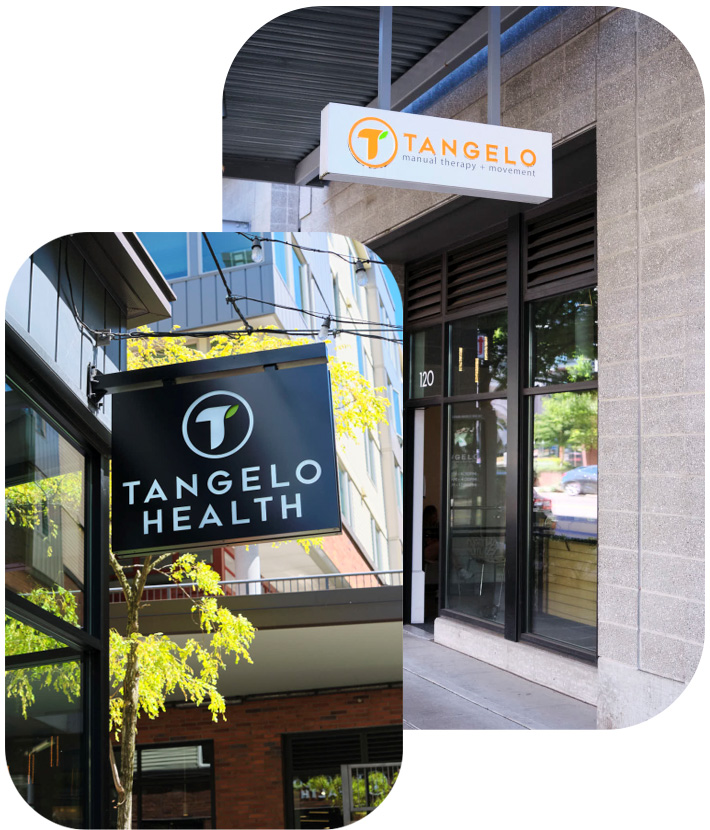
TAKE THE MASTER CLASS BELOW
Want to learn more about how spinal decompression therapy can help you?
Watch our webinar from Dr. Mike Smith to understand fully how spinal decompression works and how it can help
alleviate your chronic back and neck pain.
Frequently Asked Questions
Does Medicare cover spinal decompression?
Coverage may vary depending on your plan. Medicare and some private insurance plans include chiropractic or therapy benefits that may apply. Our team can verify your benefits before you begin.
How long does it take to decompress the spine?
Each session typically lasts anywhere from 15-25 minutes, depending on your specific condition. A series of visits over several weeks is typically recommended for optimal results.
Are there any risks or side effects I should know about?
Spinal decompression is considered safe and non-invasive. Most patients experience no side effects, though mild muscle soreness may occur as the spine adjusts.
How much does spinal decompression therapy cost?
Costs vary depending on the number of sessions recommended in your treatment plan. This will be determined by the doctor based on your condition and severity, but typically, it’s anywhere from 20-30 visits over approximately 90 days.
Does spinal decompression work?
Most patients start to feel changes within the first two weeks. The treatment works by reducing pressure on spinal nerves and creating space within the spine to support natural healing. Check out popular clinical studies below.
Are the results long-lasting?
Absolutely. Once the disc is healed, you can typically go back to doing your normal activities. At Tangelo, we develop a specific active care and corrective exercise program to complement your treatment and ensure long-term success. Research shows an 85%-91% success rate when patients complete our prescribed protocol (Leslie et al., 2008).
National Library of Medicine
In a 2022 randomized controlled trial, patients with subacute lumbar disc herniations who received nonsurgical spinal decompression therapy (NSDT) reported significantly less leg pain compared to those who received placebo treatment.
Imaging showed that, on average, the decompression group had nearly a 28% reduction in disc herniation size compared to about 7% in the control group.
More than a quarter of patients in the decompression group even experienced over a 50% reduction, while none in the control group did. These findings suggest decompression can not only relieve symptoms but also help correct the underlying disc problem (Choi et al., 2022).
BMC Musculoskeletal Disorders
In a 2022 clinical trial, patients who completed 12 sessions of non-surgical spinal decompression therapy (NSDT) with routine physical therapy improved more than those who did therapy alone.
Disability scores improved by 14.7 points versus 10.3, back endurance increased by 42.5 seconds compared to 24.3 seconds, and flexibility in forward bending improved by 3.2 cm compared to 0.8 cm in controls. On quality-of-life surveys, NSDT patients also reported a 14.3-point reduction in bodily pain versus 7.1 points in controls. After just 4 weeks, patients had less pain, stronger backs, better mobility, and an improved quality of life (Amjad et al., 2022).
What is the difference between traditional traction and NSDT?
Traction is static and non-specific, stretching the entire lumbar or cervical spine and holding that position without movement. It can also cause reflexive muscle tightening or spasms.
In contrast, non-surgical spinal decompression therapy (NSDT) is highly targeted and dynamic, focusing on the injured disc level with gentle pull-and-release cycles that create a vacuum effect and rehydrate the disc. NSDT uses computer-controlled adjustments to gradually increase traction in precise increments, allowing paraspinal muscles to stay relaxed and enabling a more effective therapeutic level of decompression (Choi et al., 2022).